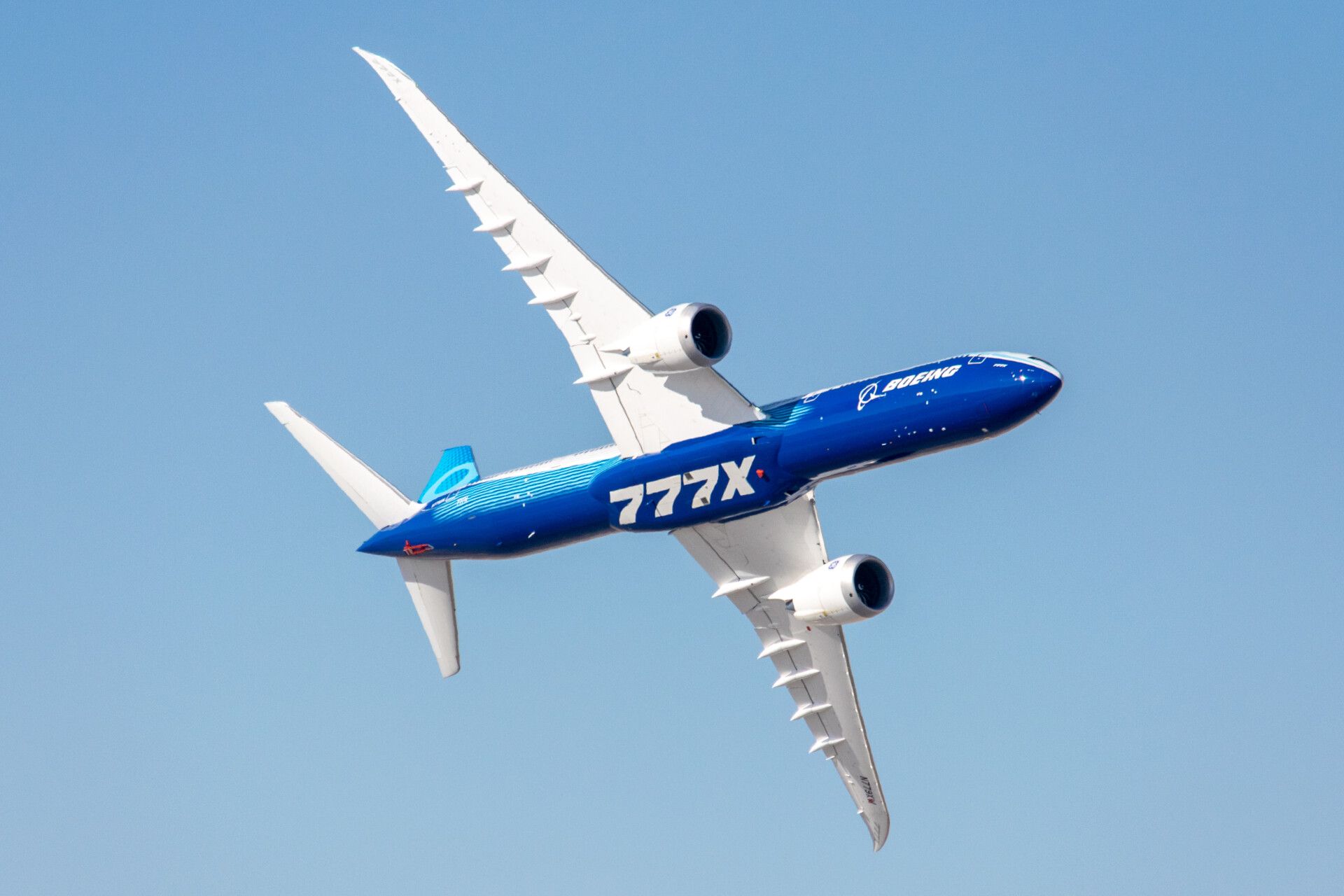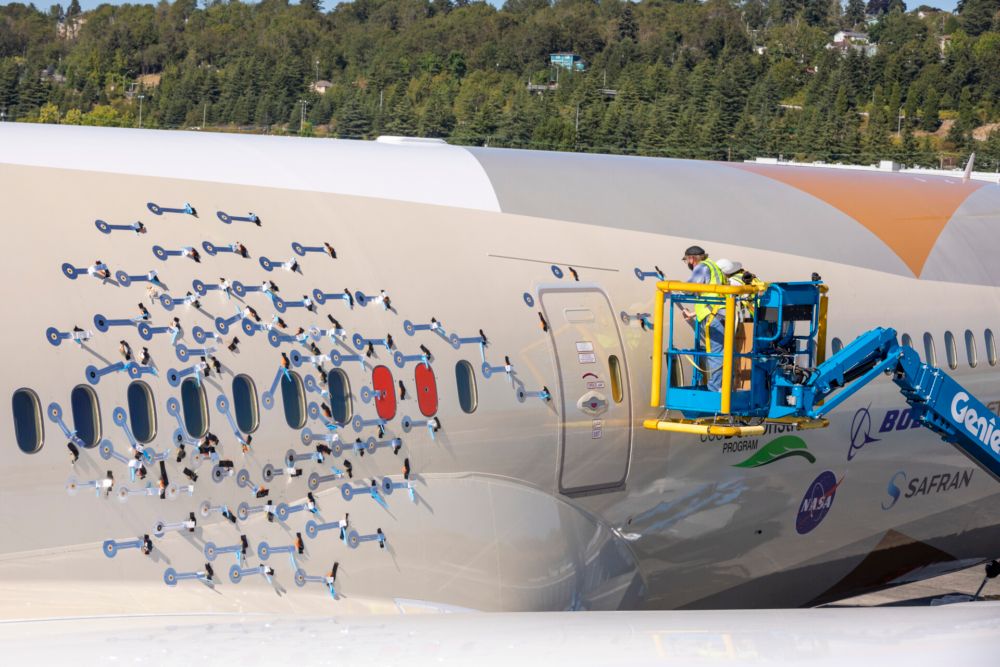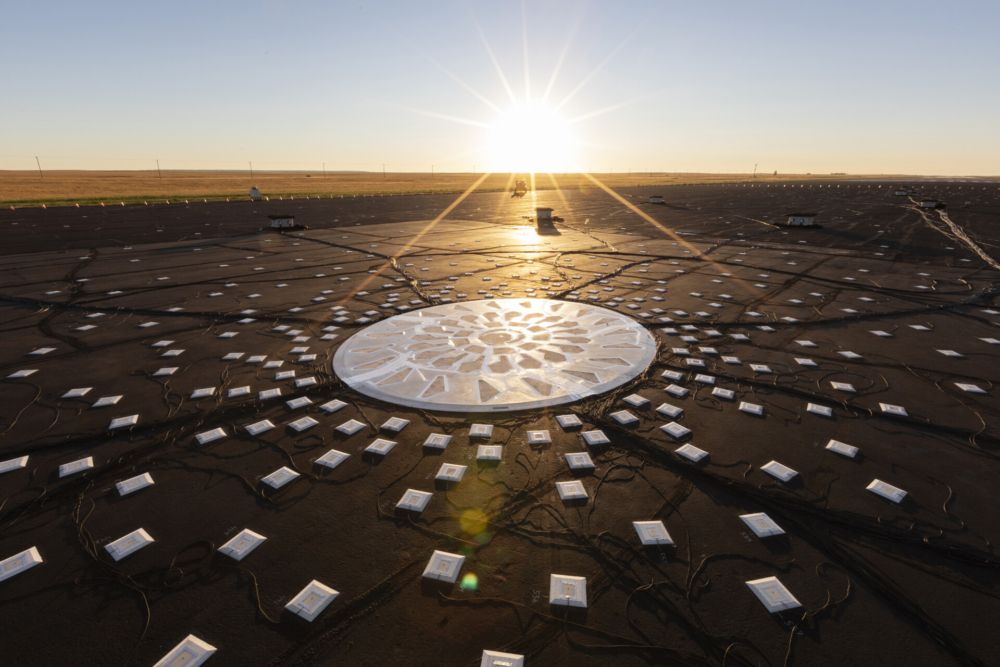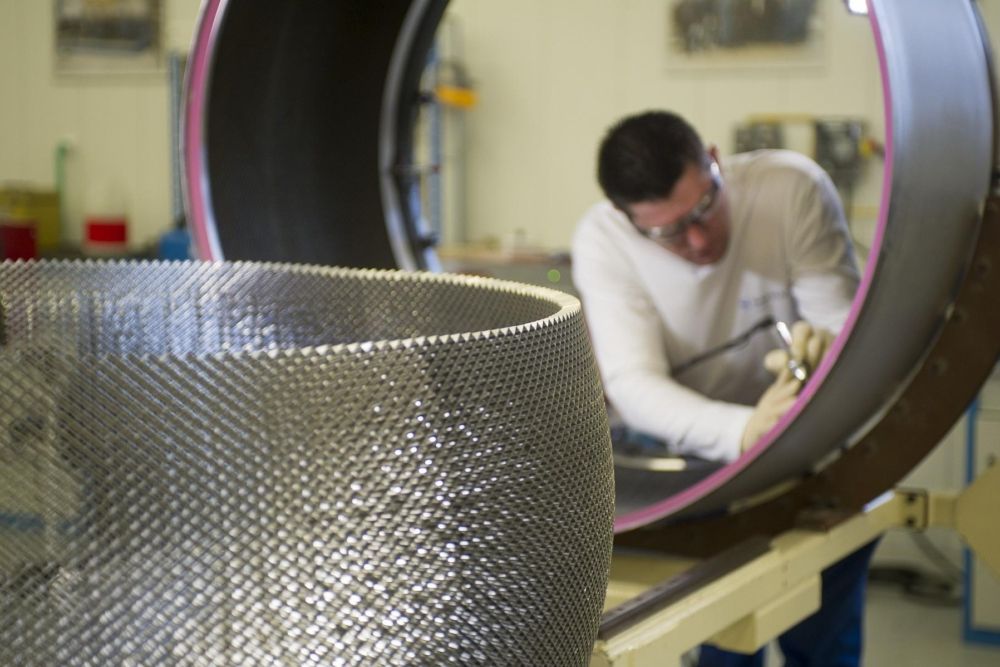The 777X is an awe-inspiring aircraft, not just in its agility or size, but also because it is so very quiet. Part of this achievement of quiet operations stems from learnings acquired during the ecoDemonstrator program, eliminating the need for chevrons on the nacelle and ensuring a quiet ride for passengers.
The very quiet 777X
The Dubai Air Show’s flying display is always something to look forward to, but more so this year as thousands of people got to enjoy the sight of the 777X taking off. The aerial acrobatics performed by this huge plane were really a sight to see. One of the best video captures we’ve seen of the display was shared by YouTuber flyRosta:
However, what isn’t apparent from the video above is the noise. More specifically, the lack of noise. The 777X was incredibly quiet, particularly given its enormous size and the tight maneuvers it was undertaking. We caught up with Boeing’s chief sustainability officer Chris Raymond, who was keen to discuss just what made the 777X so quiet. He commented,
“Everybody notices the roll [during the display – 1:19 in the video above], but the other thing most people are talking about is how quiet it is.â€
For an aircraft that uses the world’s current biggest engines, that’s quite an achievement. Boeing has stated in the past that the 777X will have a 12% reduction in fuel consumption and CO2 emissions and a substantially smaller noise footprint. Some of that smaller noise footprint is down to progress resulting from the ecoDemonstrator program.
Stay informed: Sign up for our daily and weekly aviation news digests.
What the 787 ecoDemonstrator did for the 777X
Boeing undertook intense testing of an Etihad 787-10 over eight days in 2020. As an aircraft that is already new technology and very efficient, the focus of these tests under the ecoDemonstrator program were to evaluate noise, and find ways to reduce it. Chris Raymond explained,
“The Etihad Dreamliner had one of the most extensive noise testings that we'd ever done. In partnership with NASA, there were 1,000 microphones put on the ground, 200 put on the airplane. That led to some acoustic treatments in the engine itself that we think can also further reduce the noise of the engine.â€
Learning from previous testing and the 787 ecoDemonstrator, Boeing was keen to minimize the noise from the engines. While the Dreamliner, 737 MAX and 747-8 all use chevrons to reduce engine noise, this does add weight to the airplane. To eliminate this additional weight, Boeing use a new nozzle design technology to eliminate the need for the chevrons.
From the learnings of the ecoD project, Safran was able to further drive down the noise from the 777X engines. Specifically, it has applied honeycomb acoustic treatment in strategic areas of the GE9X exhaust system, drilling thousands of holes in the composite skin to disperse and capture noise in the core. Safran says that this significantly reduces the engine noise.
It’s not only the engine noise that Boeing is looking to drive down. Alongside cabin acoustic technology from the 787 Dreamliner, Boeing has been undertaking B-S-R testing (Buzz, Squeak and Rattle!) on the window blinds of the 777X.
The 777X has some of the biggest windows seen in commercial aviation, therefore has some of the biggest window blinds too. Boeing undertook in-depth noise testing of these assemblies at its Boeing’s state-of-the-art noise testing laboratories in Seattle, in a bid to eliminate all rattle from the shades. For passengers on the 777X, it’s sure to be a quiet and comfortable ride.




